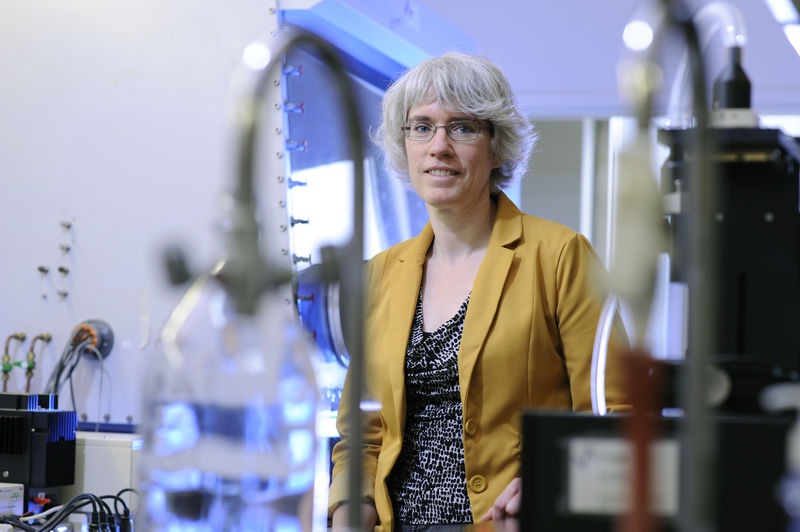Manon Couture, Département de biochimie, de microbiologie et de bio-informatique

I am a professor at the department of Biochemistry, Microbiology and Bioinformatics of université Laval where I teach enzymology. I have a deep interest in understanding how catalysis by enzymes makes life possible. My research focusses on the characterization of heme proteins and heme enzymes. This diverse group of proteins is involved in a wide array of functions including the transport of molecular oxygen and other gases, the degradation of xenobiotics, the biosynthesis of complex aromatic molecules, the biosynthesis of signalling molecules such as nitric oxide (NO), and others. My research involves deciphering the structure/function relationships of enzymes using kinetic and spectroscopic approaches to unveil their molecular mechanisms and functions.
My group is interested in understanding the processes of iron and heme acquisition by bacteria from their environment. We are particularly interested in the chu genes found in pathogenic bacteria such E. coli O157:H7. Our recent work revealed that ChuS is an enzyme that liberates iron from heme as it catalyzes the opening of the porphyrin ring using a new reaction mechanism. Two other proteins, ChuX and ChuY, help this activity by transferring heme to ChuS and by further reducing the porphyrin degradation product, respectively. Our work aims at revealing the importance and role of Chu proteins in bacteria and determining the mechanisms of heme degradation. This knowledge is required for the development of inhibitors of these enzymes.
We also characterize the nitric oxide synthases (NOS), which are enzymes that produce the NO gas. NO is a radical involved in numerous metabolic functions and in cellular signalling. NOS are not only present in humans but are also found in some bacteria where NO contributes in making the cells more resistant to antibiotics. Our work aims to decipher the specific interactions of NOS with ligands and substrates as well as the protein-protein interactions that are necessary for its enzymatic activity, notably with the reductase that supplies the electrons from NADPH. By determining the specific properties of the bacterial enzyme, our work could make possible the rational design of NOS inhibitors and thus contribute to fight antibiotic resistance in pathogens such as Staphylococcus aureus.
The main technologies used in my laboratory are molecular biology, expression and purification of proteins, measurement of binding affinities and enzyme kinetics using absorption and fluorescence spectroscopies, structural characterization of heme proteins using Raman spectroscopy and phenotypical characterization of bacteria using Raman spectroscopy in combination with chemometric approaches.